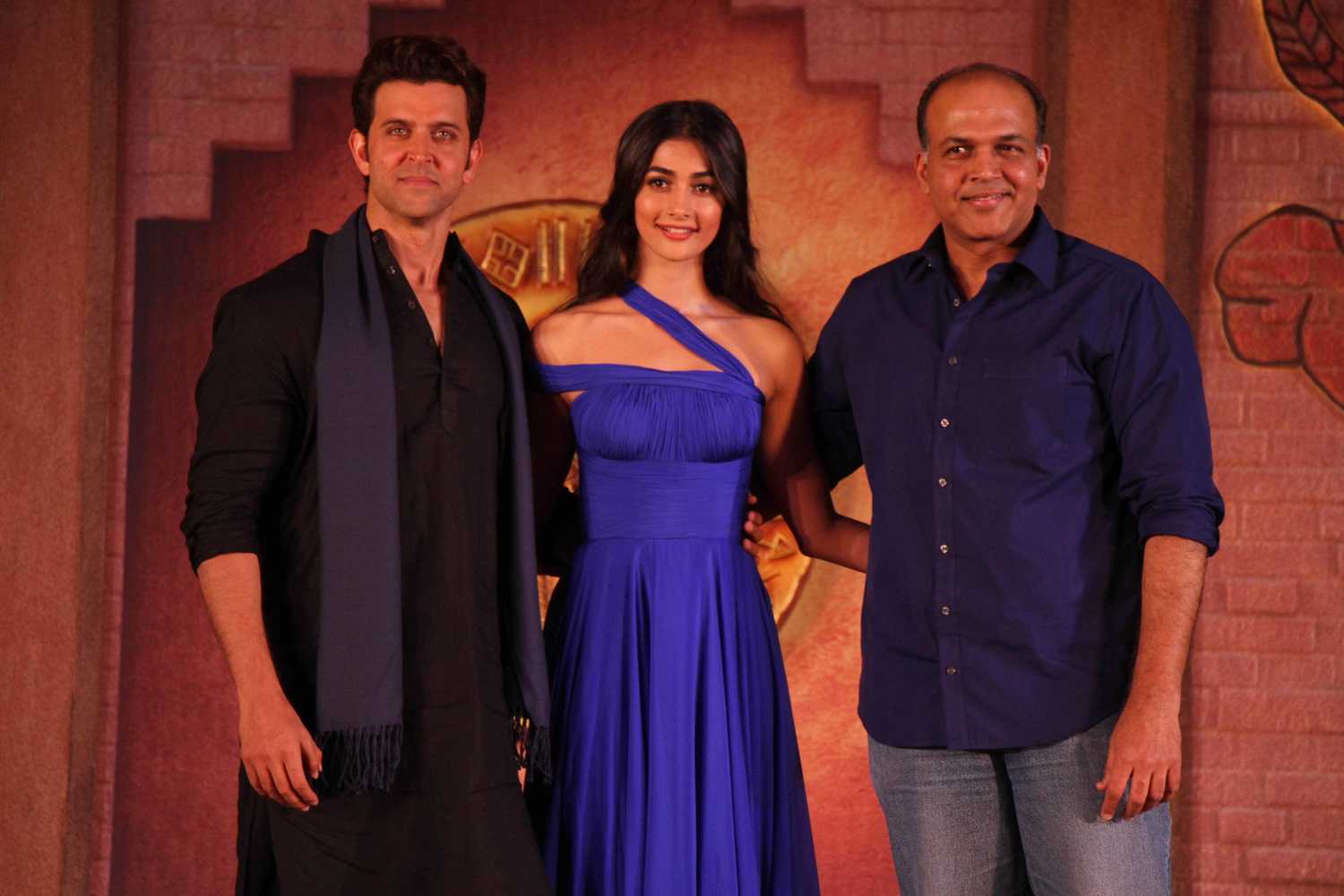Ashutosh Gowariker's defense of Mohenjo Daro makes you look at the film from a new perspective.
Here's Ashutosh Gowariker's answer to every criticism of Mohenjo Daro
Mumbai - 26 Jul 2016 14:08 IST
Updated : 14:37 IST


Shriram Iyengar
Ashutosh Gowariker is anything but lazy. The director is known to pick stories and concepts that require some serious effort to be recreated on the screen. From the period epic of Lagaan (2001) to the massive set of Jodhaa Akbar (2008), there are few directors who have attempted the scale and stories as Gowariker has. Hence, it was surprising when the director came in for some serious flak from viewers after the first trailer for his next period epic, Mohenjo Daro, came out. The film starring Hrithik Roshan and Pooja Hegde was panned for its inauthentic look and anachronistic fashion. Historians on Twitter had a field day pointing out flaws and tearing apart Gowariker's film. But the director has come out with a solid defence of his choices.
In a recent interview, the director mentioned, "There is a lot of disagreement about Mohenjo Daro within historians themselves. There are 3-4 different theories. A new historian that comes in, studies the past historians' work...analyses, and gives his own interpretation. Its the same in the case of archaeology. The theory formed by one team of archaeologists might not necessarily align with another team. But to make a movie, I had to take one stand."
Ashutosh mentioned that his research on the Indus valley civilization followed the theories of Dr. Jonathan Mark Kenoyer, a renowned archaeologist and anthropologist, among others. Speaking about the title of the film, Gowariker said, "Of course the city was not called Mohenjo Daro. This name was given by archaeologists who discovered it. But I can't give it my own name, it would have brought up more criticism. The archaeologists advised me to go with the more popular name. Anyway, I wanted to reach out to a global audience...So, it works well for me to have a common name (for the film)."
The director also had a straight answer for the criticism about the costumes that the team had faced. Recently, costume designer Neeta Lulla, had defended the design by saying, 'One had to work with your own creative sensibilities to create the world of Mohenjo Daro."
Ashutosh Gowariker seems to agree. He explains, "Coming to the costumes... all the reference material is from the figurines found at the site. In the figurines, if you notice, most of the women are either naked or wearing skimpy clothes. The men are also very scantily clad. I cannot make a movie with so much nudity, obviously. So I had to create and imagine costumes that will be different from the styles we have previously seen, and yet be special for this civilisation." He added, "Even the headdress we have created is a milder form of what the headdresses were."
As someone who is known for his ability to weave in beautiful fiction with historical facts, Ashutosh Gowariker is en pointe when he says, "When you are making a movie, you have to take the facts and put in your own fiction. Because if you don't add fiction, then it is a documentary." It is important to understand that the line between fact and fiction in Hindi cinema has always been thin. From K Asif's epic Mughal-e-Azam (1960) to Sanjay Leela Bhansali's Bajirao Mastani (2015), filmmakers have taken creative liberties with stories to make them more cinematically appealing.
Over the last couple of decades, Hindi cinema has seen a rise in the number of historical fiction films. From Jodhaa Akbar (2008) to Bajirao Mastani (2015), and the upcoming Mohenjo Daro, there is an intense debate on the extent to which filmmakers can take such artistic liberties. Gowariker says "What is important is to make a movie that grasps the attention of the viewers and entertains them, while creating this ancient world. I have tried to stay true to the facts I had... for instance, the size of the great bath in the movie, and the one excavated at the city is the same. The one thing I do not have is the stories, who were the people. That we have to create."
Considering the effort and the herculean budget of the film, the director of Mohenjo Daro is taking a huge gamble releasing it alongside another semi-period film, Rustom. Though both films are set in the past age, it is Mohenjo Daro that seems to be losing out in the race. However, the director is not bothered with it. He closed out by saying, "We have only 52 weeks, and 400 movies. I sincerely hope all the films do well. Gadar and Lagaan released at the same time, and did well. I hope history repeats itself, Pun intended."
That will only be answered on D-day for Gowariker, which will be 12 August.


